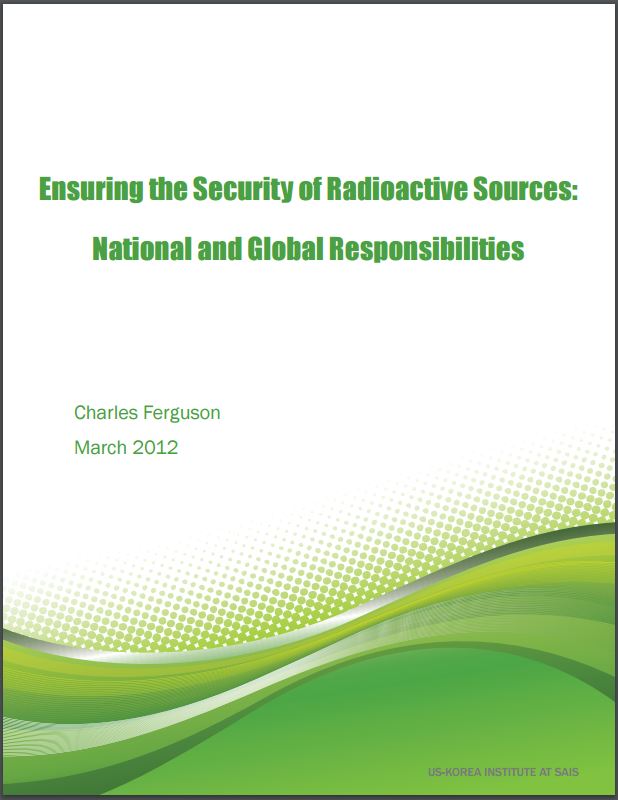Ensuring the Security of Radioactive Sources: National and Global Responsibilities

For most of human existence, people were unaware of the powerful nuclear forces deep inside atoms, although they were exposed to natural background radiation derived from these forces. Not until the end of the 19th century did the first “nuclear scientists,” notably Henri Becquerel and Marie and Pierre Curie, discover energetic rays emanating from certain types of atoms due to these forces. Because of its relative natural abundance and its powerful radiation, radium became a workhorse radioactive substance for the first half of the 20th century.
In this report, FAS President Charles Ferguson examines the national and international efforts to control and secure radioactive materials. He provides background on the basic principles of the science of ionizing radiation and radioactive materials; a risk assessment of the safety and security of these materials; a discussion of various pathways for malicious use of commercial radioactive sources; and an analysis of the many efforts underway to reduce the risk of radiological terrorism with recommendations for the inclusion of this issue at the 2012 Seoul Nuclear Security Summit (“Seoul Summit”) and beyond.
A full PDF version of the report can be found here.
The FY2026 National Defense Authorization Act (NDAA) paints a picture of a Congress that is working to both protect and accelerate nuclear modernization programs while simultaneously lacking trust in the Pentagon and the Department of Energy to execute them.
While advanced Chinese language proficiency and cultural familiarity remain irreplaceable skills, they are neither necessary nor sufficient for successful open-source analysis on China’s nuclear forces.
Satellite imagery has long served as a tool for observing on-the-ground activity worldwide, and offers especially valuable insights into the operation, development, and physical features related to nuclear technology.
This report outlines a framework relying on “Cooperative Technical Means” for effective arms control verification based on remote sensing, avoiding on-site inspections but maintaining a level of transparency that allows for immediate detection of changes in nuclear posture or a significant build-up above agreed limits.